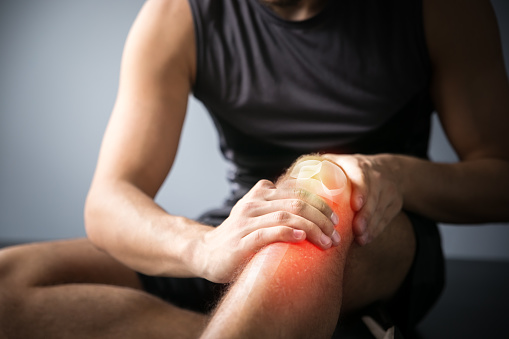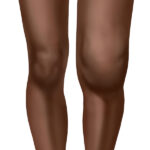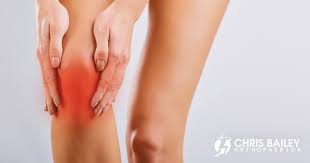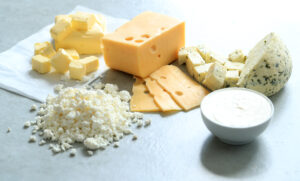
A number of factors can increase your risk of having knee problems, including:
● Excess weight
● Lack of muscle flexibility or strength
● Certain sports or occupations
● Previous injury
● Sprained or strained knee ligaments and/or muscles
● Arthritis
● Cartilage tears




The location and severity of knee pain may vary, depending on the cause of the problem. Signs and symptoms that sometimes accompany knee pain include:
● Swelling and stiffness
● Redness and warmth to the touch
● Weakness or instability
● Popping or crunching noises
● Inability to fully straighten the knee
You need sufficient calcium to keep your bones healthy and vitamin D to help your body absorb calcium which is essential for building strong bones. Vitamin D regulates the body’s use of calcium and phosphorus which reduces joint inflammation and pain, especially in the knee joints.


A healthy balanced diet will help you build healthy bones from an early age and maintain them
throughout your life.
● Omega-3 Fatty Acids / Fish Oils
● Dairy foods
● Nuts and Seeds
● Brassica Vegetables
● Fruits
● Lentils and Beans
● Garlic and Root Vegetables
● Whole Grains
● Plant-based drinks (such as soya drink) with added calcium
● Dark Chocolate
WhatsApp us